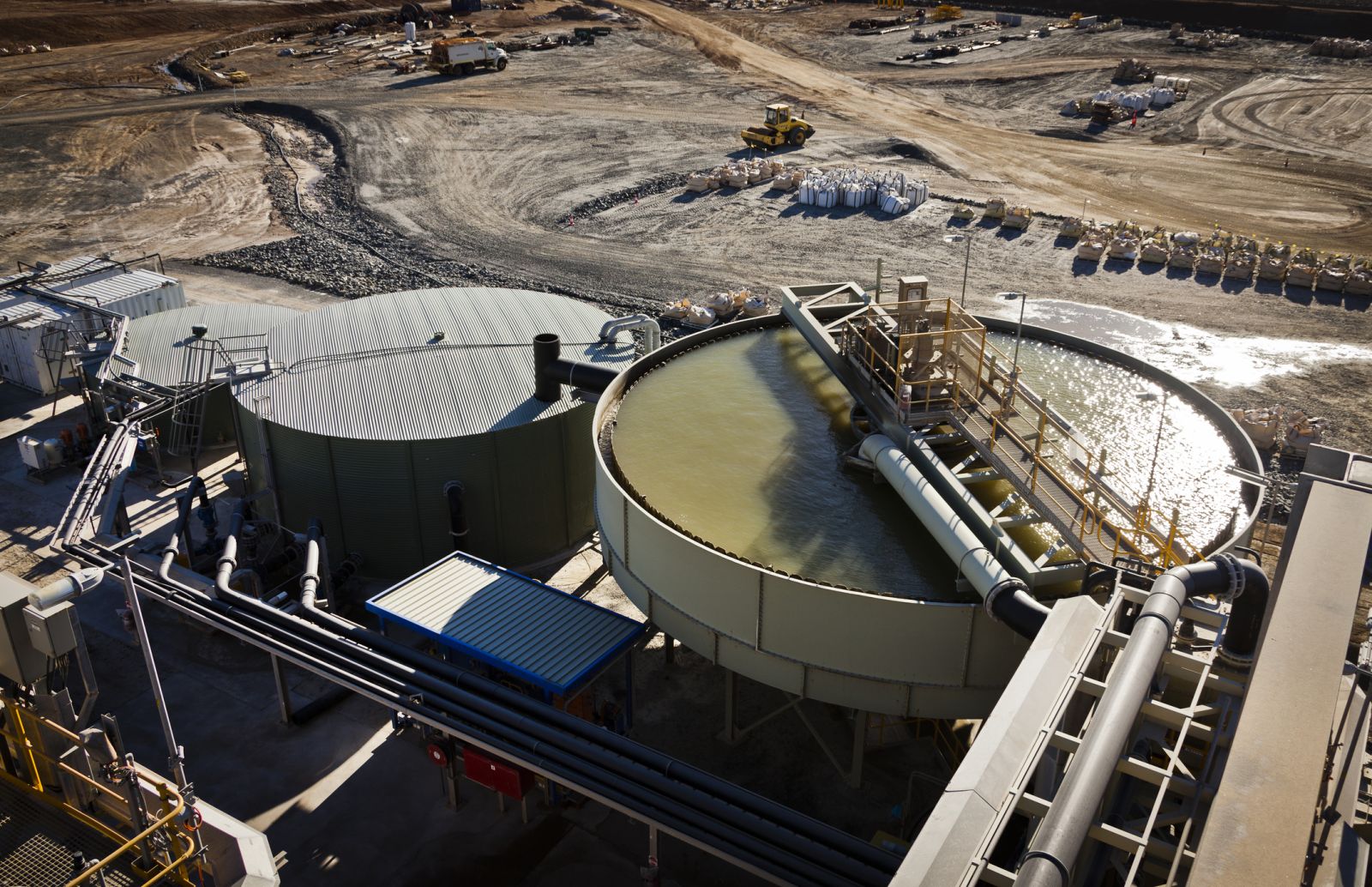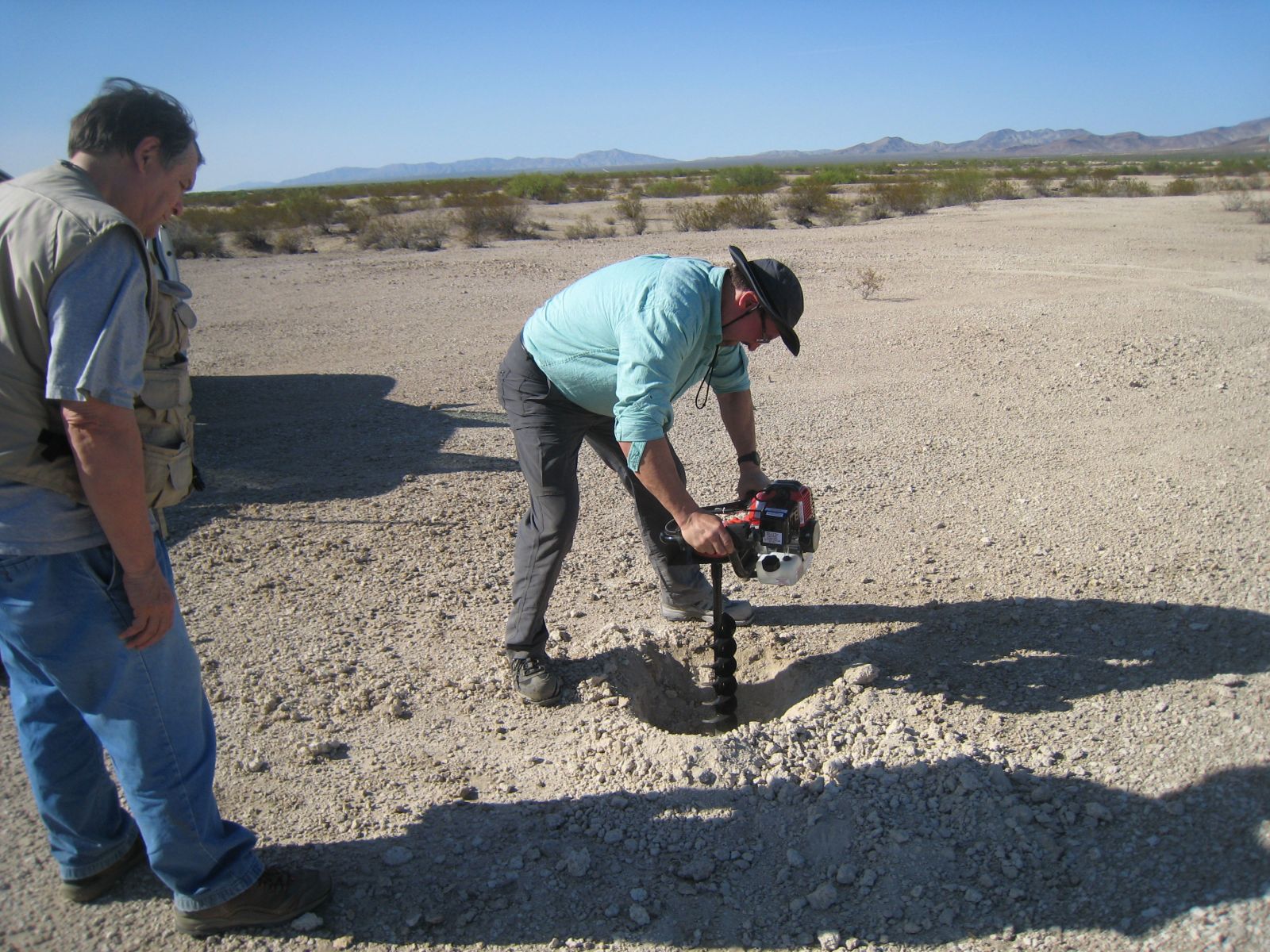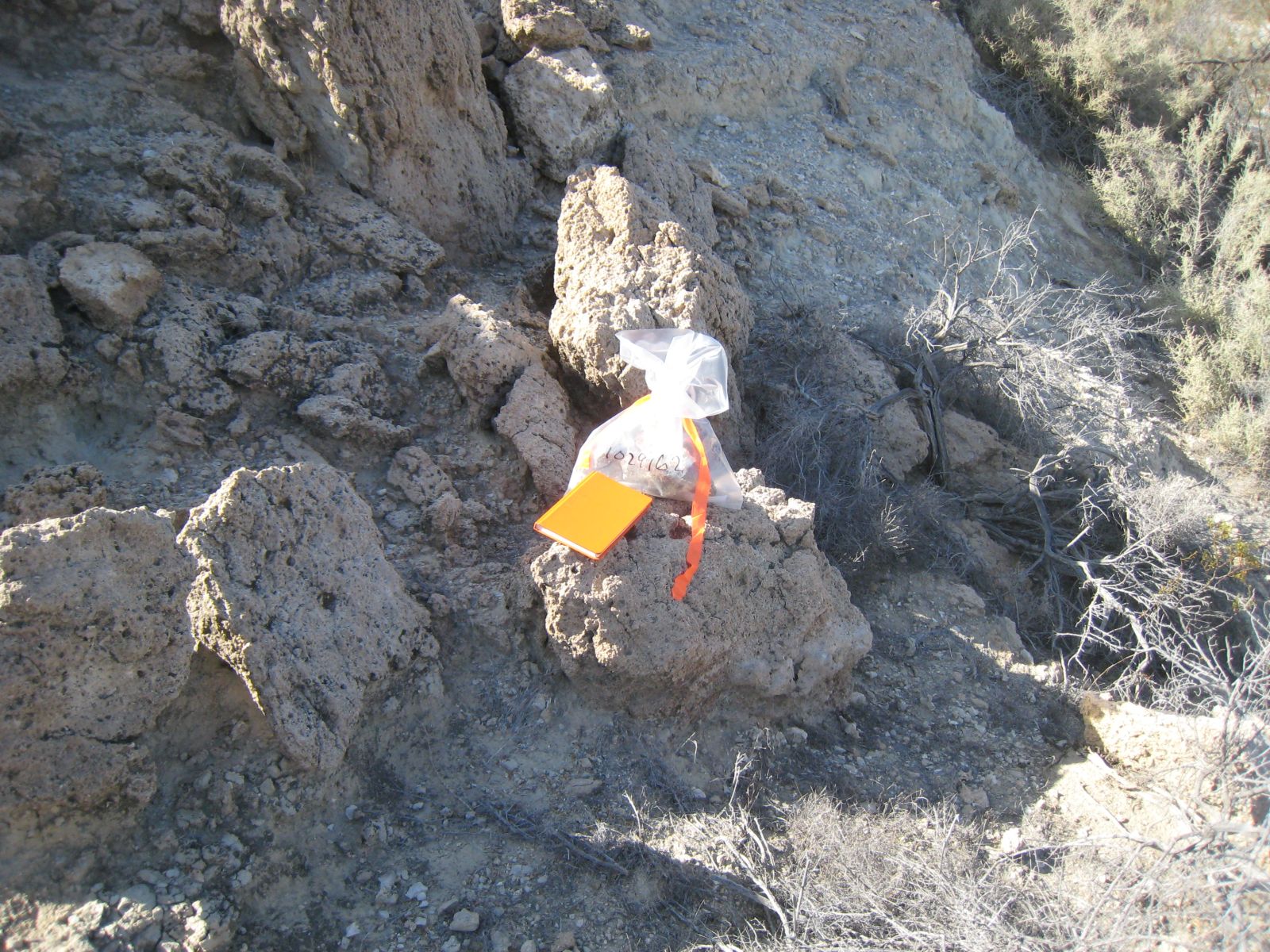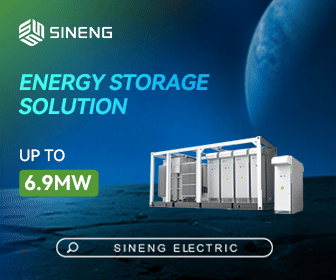The Law of Resource Availability
The variety of battery powered, and battery assisted (hybrid) motor vehicles available today is the widest yet. But the total number of such vehicles that can be built is limited by two major factors: the availability of the lithium required to manufacture and power the storage batteries necessary for their electric (motor) powertrains; and, the lack of manufacturing facilities for both the vehicles and their batteries. The ultimate limiting factor, however, is not manufacturing capacity, but the limited amount of lithium available through human engineering.

Currently, there are at least one-and-one half billion internal combustion engine-powered motor vehicles globally, used solely for land transportation. Hundreds of millions more of these vehicles sail the oceans and fly in the skies.
Can all of this be replaced by vehicles powered by electric motors, using on-board battery storage?
The “laws” of nature are logical, experimentally “proven” and reaffirmed by computational rules, not just by observations of behavior by selected groups of human beings. Laws of nature can be replaced with improved computation rules that give results more closely aligned with observed data; Einstein’s gravitational theory has replaced Newton’s for that reason.
The “rule” of supply and demand is not a law of nature; it is an action guideline that takes into account how willing human beings are to give up their time, possessions, and promises of future actions (aka, money) in order to obtain a physical good or a service. This is NOT a law of nature, but an observation of our reaction to shortages of goods and services that we deem important.
 Human desire may create a demand for a steady supply of natural resources, but it does not create the resources themselves. And technology alone is insufficient in obtaining those supplies.
Human desire may create a demand for a steady supply of natural resources, but it does not create the resources themselves. And technology alone is insufficient in obtaining those supplies.
The availability of natural resources for our use is a function of the following:
- The logistical accessibility of deposits of those resources, i.e., can they be reached by road, rail, or ship?
- Are they of sufficient grade (concentration) for available mechanical and chemical engineering technologies to selectively extract and concentrate them economically enough to be affordable?
- Is there a downstream processing regime (group of technologies) that can economically transform the mineral concentrates into the forms necessary for mass production?
All deposits of the natural resources - upon which we depend - were laid over hundreds of millions, and even billions of years ago. They are not organic; they do not “grow back” in mines.
The easiest deposits to work are those of the highest grade of the desired element; these also have the least “contaminants” of other related elements (those that must be removed to purify the desired resource into a useful form).
When planning for mass producing a consumer good that requires a specific natural resource, the only factor that counts is cost. It must be worth the capital deployed to recover and process the natural resource. Capital must be repaid through wealth creation. If it’s simply wasted in a rational society, it will eventually run out.
 Government subsidies are merely a way of socializing waste of capital (what government powers refer to as “investment). Inevitably, it’s the elites who always seem to benefit from the subsidies; they tend to own those perpetually non-going concerns covered by the subsidies. There is no scheme in the green universe to repay the capital.
Government subsidies are merely a way of socializing waste of capital (what government powers refer to as “investment). Inevitably, it’s the elites who always seem to benefit from the subsidies; they tend to own those perpetually non-going concerns covered by the subsidies. There is no scheme in the green universe to repay the capital.
The reality is this: There is NOT sufficient lithium accessible or available, on an economic scale, to replace more than a fraction of the transportation fleets of today, much less those of tomorrow. Decreasing availability of fossil fuels feeds deglobalization. Witness the Chinese leaders who long ago recognized the West’s propensity for cultural suicide, and can think of nothing better than granting the green wishes. China has more than enough lithium it needs for its domestic use. It’s using that monopoly to dominate the global solar panel manufacturing and wind turbine industries.
Who will survive the cull? The internal combustion engines (ICE) industry will thrive, while electric vehicles (EV’s) will continue to get increasingly expensive, as the infrastructure to support them fails to appear. The price for lithium itself is already too high to sustain the mass production of affordable EVs. Lithium prices will come down eventually. In turn, however, we’ll see the demise of unsubsidized low-grade production, prompting an ICE/EV production equilibrium (likely within this decade). Oil prices will also decline as production resumes, helping the energy economy recover its normal path. The law of supply and demand can be applied to money, but not to wealth or value. Their creation is limited by the supply of resources, productivity, and innovation.
 Jack Lifton serves as a consultant and technical advisor to One World Lithium, which is developing an advanced direct lithium extraction (DLE) process for the extraction and separation of lithium from natural brines, directly generating lithium carbonate. His company, Jack Lifton LLC, advises governmental agencies, both at home and abroad, on metals industries supply chain issues, as well as engaging in extensive due diligence on mining, refining, and the fabrication of metals for financial institutions globally.
Jack Lifton serves as a consultant and technical advisor to One World Lithium, which is developing an advanced direct lithium extraction (DLE) process for the extraction and separation of lithium from natural brines, directly generating lithium carbonate. His company, Jack Lifton LLC, advises governmental agencies, both at home and abroad, on metals industries supply chain issues, as well as engaging in extensive due diligence on mining, refining, and the fabrication of metals for financial institutions globally.
One World Lithium | oneworldlithium.com
Author: Jack Lifton
Volume: 2022 November/December









